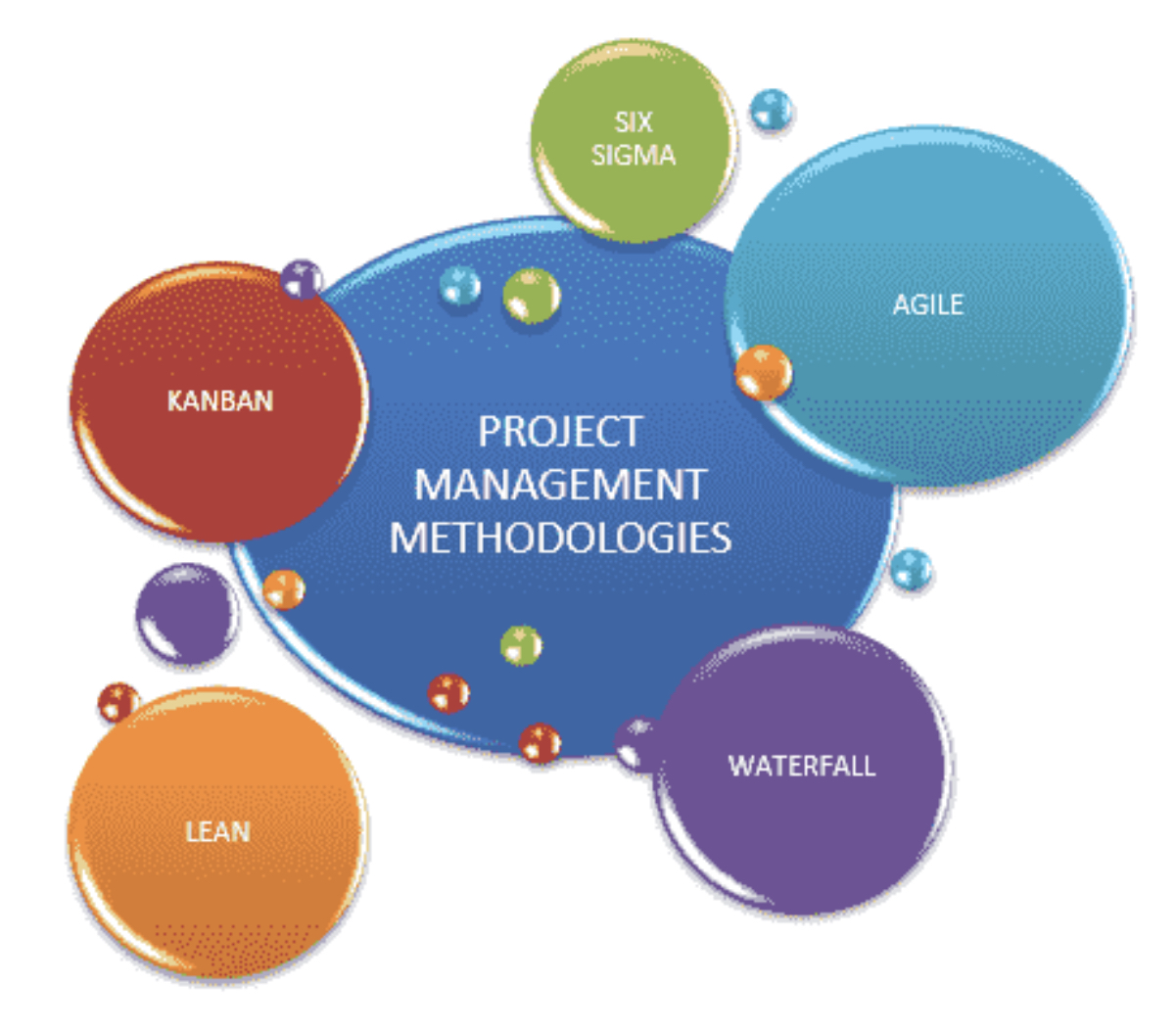Unlocking Project Success: Navigating the World of Project Management Methodologies
Project management methodologies are structured approaches used to plan, execute, and complete projects successfully. These methodologies provide project managers with frameworks and guidelines to effectively manage resources, time, and tasks. They help streamline processes, enhance communication, and ensure project objectives are met within the given constraints. Here are some commonly used project management methodologies: Waterfall Methodology: The waterfall methodology follows a sequential approach where each phase of a project is completed before moving on to the next. It includes distinct phases such as initiation, planning, execution, monitoring, and closure. This methodology is ideal for projects with well-defined requirements and a stable scope. Agile Methodology: Agile methodologies, such as Scrum and Kanban, are iterative and incremental in nature. They focus on collaboration, adaptability, and delivering value to customers in short cycles called sprints. Agile methodologies are best suited for projects with evolving requirements and a need for flexibility. Lean Methodology: Lean project management aims to eliminate waste and optimize efficiency. It emphasizes delivering value while minimizing resources, time, and effort. Lean methodologies are often used in manufacturing and production environments but can be applied to various industries. PRINCE2 (Projects in Controlled Environments): PRINCE2 is a widely used project management methodology, particularly in the United Kingdom. It provides a structured framework for managing projects by dividing them into manageable stages, each with defined inputs, outputs, and activities. PRINCE2 focuses on project governance, risk management, and controlled decision-making. Six Sigma: Six Sigma is a methodology focused on quality improvement and process optimization. It utilizes statistical analysis and measurement techniques to identify and eliminate defects or errors. Six Sigma aims to achieve high levels of performance and reduce process variations. Critical Path Method (CPM): The Critical Path Method is a technique used to schedule activities and determine the shortest time required to complete a project. It identifies the critical path, which represents the sequence of tasks that must be completed on time to prevent project delays. PRISM (Projects Integrating Sustainable Methods): PRISM is a project management methodology that integrates sustainable practices into project planning and execution. It emphasizes environmental, social, and economic sustainability throughout the project lifecycle. Scrum: Scrum is an agile project management framework that focuses on iterative development and continuous improvement. It involves self-organizing cross-functional teams that work in short iterations called sprints. The team collaborates closely, regularly reviews progress, and adapts to changing requirements. Scrum uses artifacts such as product backlogs, sprint backlogs, and burn-down charts to track progress and prioritize tasks. Extreme Programming (XP): Extreme Programming is an agile methodology that emphasizes close collaboration between developers and stakeholders. It promotes frequent releases, continuous testing, and customer involvement throughout the development process. XP incorporates practices like pair programming, test-driven development, and continuous integration to ensure high-quality code and customer satisfaction. These methodologies offer project managers a range of options to select from based on their project's unique characteristics and requirements. It's essential to assess the project's needs, team dynamics, and organizational context to choose the most appropriate methodology or a hybrid approach that combines elements from multiple methodologies. Kanban: Kanban is a visual project management methodology that uses a board with columns and cards to represent tasks. It provides a clear visualization of work in progress, backlog items, and completed tasks. Kanban focuses on limiting work in progress, optimizing flow, and facilitating continuous delivery. It promotes efficiency, flexibility, and transparency in project execution. Critical Chain Project Management (CCPM): Critical Chain Project Management is a methodology that focuses on identifying and managing project constraints. It emphasizes resource dependencies and uses buffer management to mitigate uncertainties and protect project schedules. CCPM aims to improve resource utilization and increase project throughput by focusing on critical paths and eliminating wasteful practices. Adaptive Project Framework (APF): The Adaptive Project Framework is a flexible methodology that accommodates changing requirements and uncertainties. It uses time-based iterations and a rolling wave approach to planning. APF encourages collaboration, learning, and continuous adaptation to deliver value incrementally while managing project risks effectively. PRISM (Projects Integrating Sustainable Methods): PRISM, mentioned earlier, is a project management methodology that integrates sustainable practices into project planning and execution. It emphasizes environmental, social, and economic sustainability throughout the project lifecycle. Spiral Model: The Spiral Model is a risk-driven project management methodology that combines elements of both waterfall and iterative development. It involves iterative cycles of planning, risk analysis, development, and evaluation. The Spiral Model allows for early identification and mitigation of project risks while providing flexibility for incorporating changes as the project progresses. Each project management methodology has its own strengths and weaknesses, and the choice of methodology depends on various factors, including project scope, requirements, resources, and organizational culture. Project managers often tailor these methodologies to suit their specific project needs. Project management methodologies provide a structured and systematic approach to effectively manage projects from start to finish. By implementing the right methodology, project managers can enhance efficiency, improve communication, and increase the likelihood of project success. About the author: Pavan Kumar Reddy Poli is professional in Information Technology and Healthcare, with a remarkable career spanning over 15 years. With an impressive educational background, including a Bachelor's degree in Engineering, an MBA, and an MS in IT management, Pavan has demonstrated a deep understanding of both technical and business aspects, making him a true asset in today's rapidly evolving digital Healthcare landscape. As a highly accomplished professional, Pavan has achieved numerous certifications, further solidifying his expertise and credibility in the industry. He is a Project Management Professional (PMP) certified, showcasing his exceptional project management skills and ability to deliver successful outcomes. In addition, Pavan holds various certifications in Agile delivery such as a Certified ScrumMaster (CSM) and a Scaled Agile Framework (SAFe) RTE, underscoring his proficiency in agile methodologies and his dedication to applying innovative and constantly evolving methods in delivering quality, innovative solutions within the Healthcare industry. Contact for consulting services: https://www.linkedin.com/in/pavankumarreddypoli/ 972-989-6219
Learn more






























